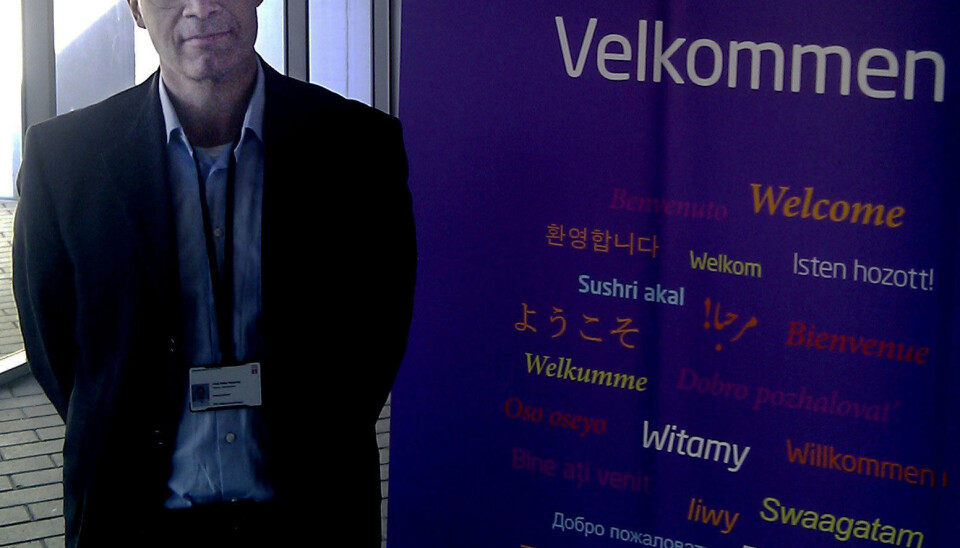
Scientists planning global network of diseases
Biologists across the world are discussing the possibility of establishing a global database of bacteria, viruses and other biological data.
”Are you ready for a revolution?” asked Professor Frank Aarestrup in the welcome speech at the 5th Meeting on Global Microbial Identifier, held recently at the Technical University of Denmark.
Around 140 researchers from all over the world had travelled to Copenhagen to discuss a common vision for the future. Their aim was to discuss the possibilities of establishing a new global database of bacteria and other microbiological data.
The Global Microbial Identifier (GMI) project aims to improve the treatment and diagnosis of patients across the world.
“This is a revolutionary step forward, and we already have the required technology. We collect biological data through sequencing machines in laboratories all across the world. Why not make this data available across national borders? There would be a lot of advantages in doing so,” said Aarestrup, who is the research manager of the project.
Global network speeds up doctors’ work
This is a revolutionary step forward, and we already have the required technology. We collect biological data through sequencing machines in laboratories all across the world. Why not make this data available across national borders? There would be a lot of advantages in doing so.
Professor Frank Aarestrup
The aim is to be able to diagnose patients within a single day, regardless of where in the world they may be.
”As it is now, you typically need to take a sample from the patient and isolate the bacterium,” he said.
“This alone takes about a day to complete, but then you also need to go through a series of other processes, which means you don’t have a result until three to five days later. With a sequencing machine all this can be done in a day.”
A sequencing machine maps entire DNA sequences in the analysed material and then saves it. The scientists in the GMI project wish to make this data accessible online for doctors all across the world, so they can quickly identify a given disease when they have taken samples. Once the sample is taken, the database will enable doctors to search specifically for isolated bacteria.
Ethical challenges
We would be able to use this system to discover epidemics, bad food habits and it will speed up the diagnostic process all over the world, so it would be incredibly old-fashioned and foolish if we didn’t at least try it.
Professor Frank Aarestrup
When a person’s entire biological data is stored in a system, concerns may arise about who has access to it.
“Anything that can be used can also be abused, and that applies to online banking and Google Maps too. But that doesn’t stop us. We’re still discussing how much information to include, but we will obviously not be including any personal data that can identify the person behind the sample,” said Aarestrup.
He believes the advantages outweigh any potential concerns that might arise:
“We would be able to use this system to discover epidemics, bad food habits and it will speed up the diagnostic process all over the world, so it would be incredibly old-fashioned and foolish if we didn’t at least try it.”
Change within five years
There are, however, a number of challenges associated with such a network, including legal and economic complications:
”When you release information into the public domain, there is always the problem of who should own the rights. If someone makes a biological discovery in one country and researchers in another country can take out a patent on it, then there is a problem. And then there’s the ever-present challenge of funding,” said Aarestrup.
He believes that within five years we will be seeing such a system across many countries:
”I think that’s a very realistic scenario. A fully global system with every country represented may be a bit of a utopia, but in five years’ time we will have come a long way.”
-----------------
Read the Danish version of this article at videnskab.dk
Translated by: Dann Vinther







